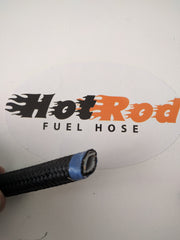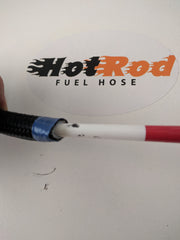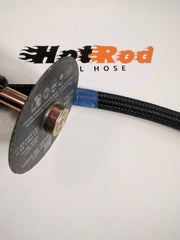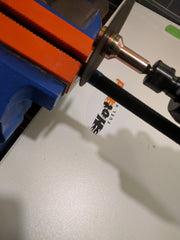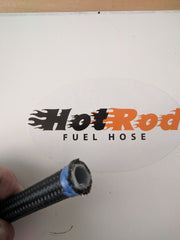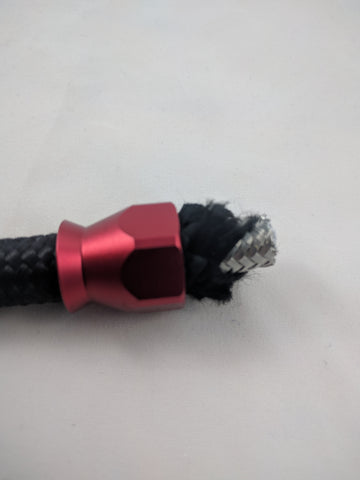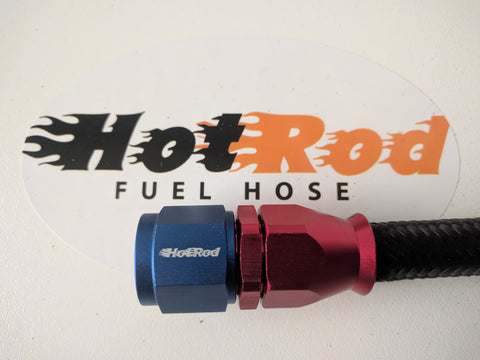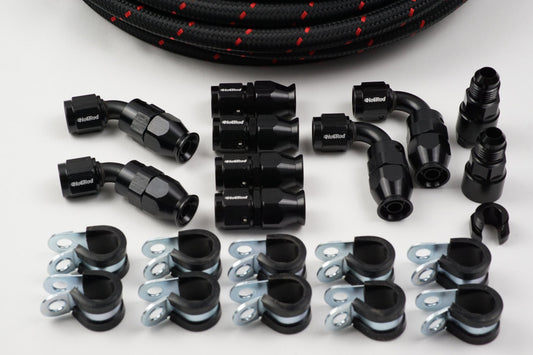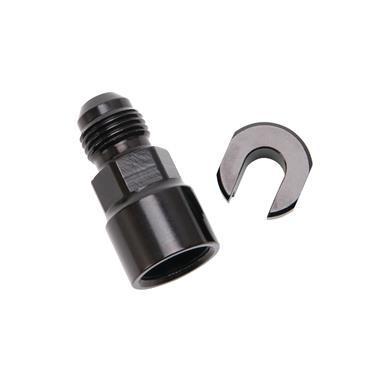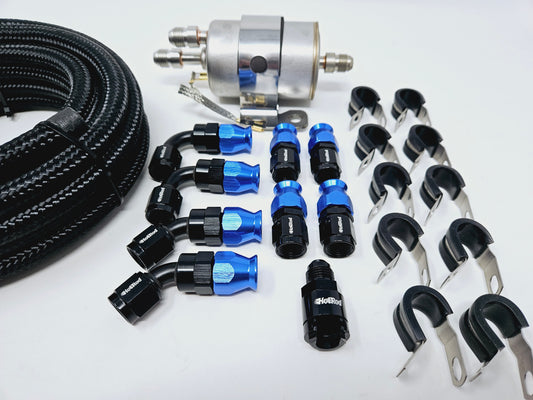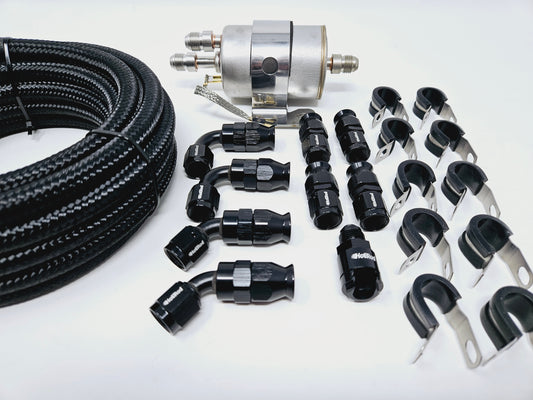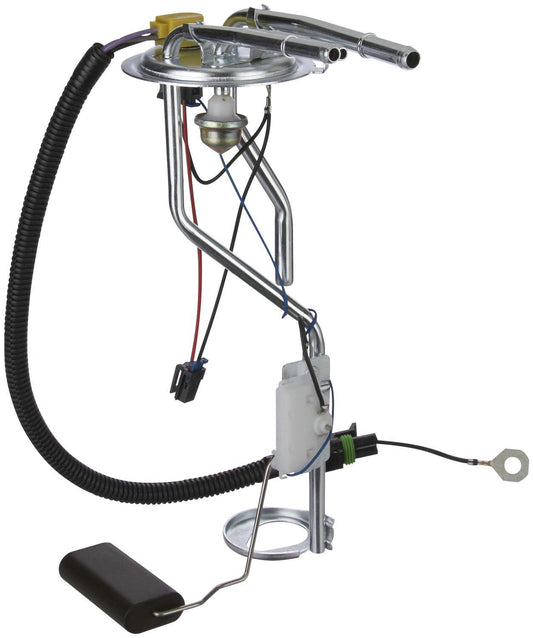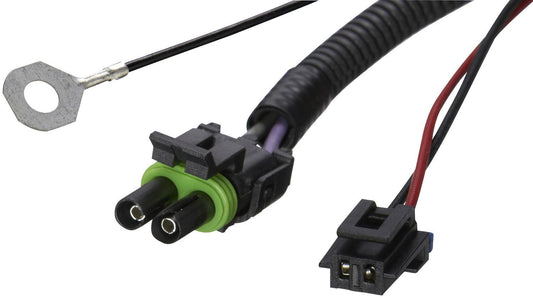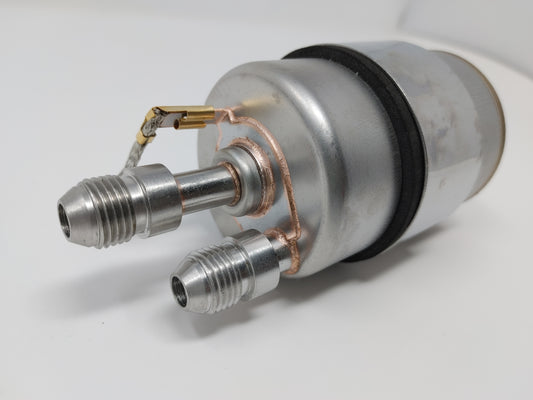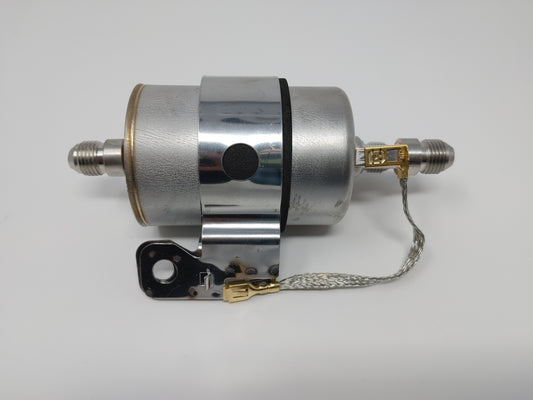Thank you very much for the positive feedback, it is greatly appreciated!
Always great quality parts and customer response time after products are ordered. Looking forward to getting everything installed and running.
Thanks!!!!
Thank you for the positive feedback Rob, the build is looking amazing!
Brackets worked great for my ls swap. I was having clearance issues with the oil pan and subframe, and was able to move the motor just enough to clear everything
Good morning, thank you for your feedback. We appreciate the support!
Effortless install. First fuel system ive plumbed and had zero leaks. Dont need special tools for the ptfe but they may be nice to have if you do a lot
Good afternoon, thank you for your feedback. We appreciate the support. Please don't hesitate to contact us if you have any other questions or concerns.
nicely made and fits well in your hand. small enough to fit in tighter spaces under the car to make those final adjustments. Great tool and a must for a simple install.
Good morning, thank you for your feedback. Please don't hesitate to contact us if you have any other questions or concerns.






